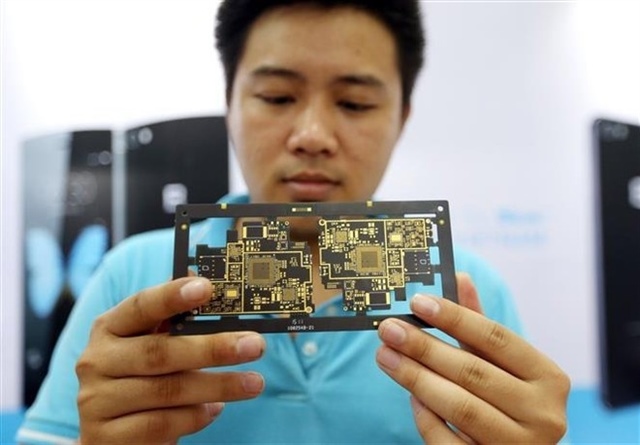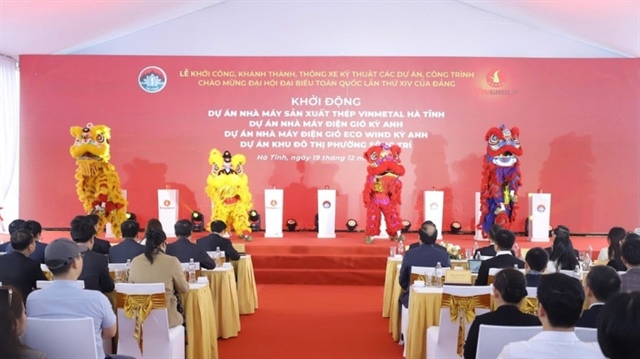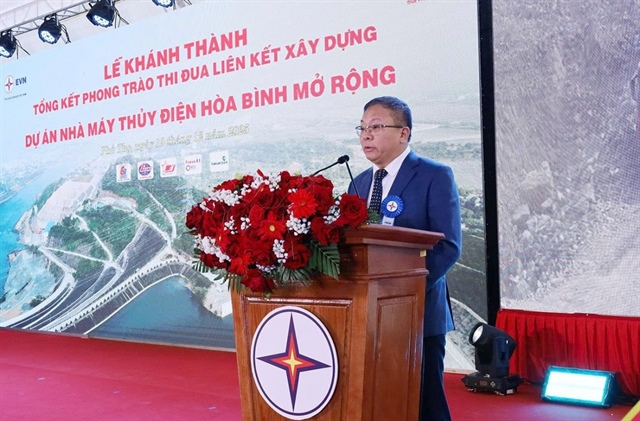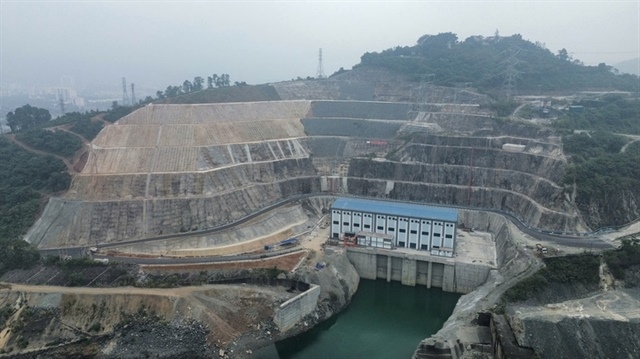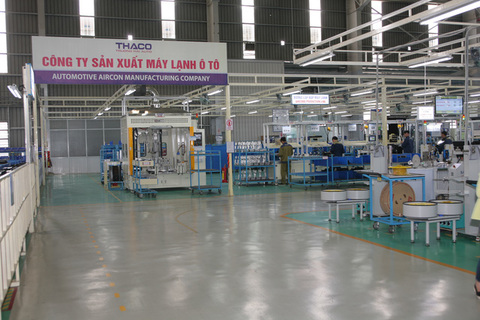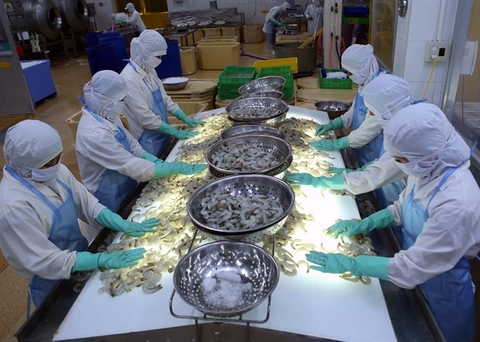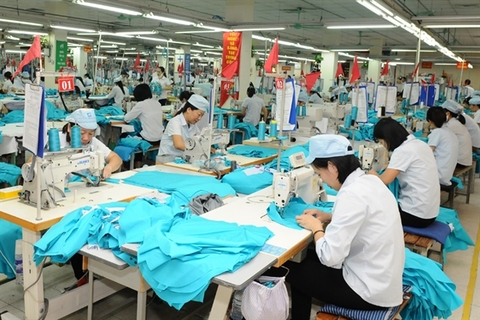Seafood exporters must obey rules on origin traceability: Experts
Seafood exporters must obey rules on origin traceability: Experts
Vietnamese seafood exporters must meet the strict requirements for traceability and the quality of their products to benefit from the free trade agreements Vietnam has signed, said experts at a workshop in HCMC on Wednesday, reported Nguoi Lao Dong newspaper.
Held by the Vietnam Association of Seafood Exporters and Producers (VASEP) and the Directorate of Fisheries, the workshop was aimed at providing insights into the positive and negative impacts of the Comprehensive and Progressive Agreement for Trans-Pacific Partnership (CPTPP) and the European Union-Vietnam Free Trade Agreement (EVFTA) on the seafood sector.
The sector recently posted strong growth with certain major products, such as shrimp and tra fish (pangasius), earning more than US$1 billion in export revenue annually each since the CPTPP took effect earlier this year, while the EVFTA is expected to come into force soon, said Tran Dinh Luan, deputy head of the directorate at the Ministry of Agriculture and Rural Development.
“There is huge growth potential but if the supply chain from farming to purchasing, processing and exporting is not prepared from now onward, these benefits would not materialize,” he warned.
Le Hang, deputy director of the VASEP Pro Center, said that among the 11 member states of the CPTPP, Vietnamese seafood producers could use the trade pact to increase their exports to 10 other member markets, which currently account for a quarter of the country’s total aquatic product exports, thanks to massive tariff cuts.
Also, CPTPP members provide nearly 16% of Vietnamese seafood material imports. This helps local producers diversify their sources of input materials, which are processed for export and outsourcing, to make the most of reduced import tariffs, which could drop to zero, said Hang.
Meanwhile, the European Union is the second largest export market for Vietnamese seafood, representing some 17% of the total. However, Hang highlighted many challenges arising from importing countries creating non-tariff barriers and laying down more stringent standards to address labor and environmental issues.
She urged local seafood firms to apply the rules on origin traceability in a flexible and honest manner to benefit from tariff cuts guaranteed by the trade pacts.
She also recommended the Ministry of Agriculture and Rural Development and the Directorate of Fisheries offer guidance on applying codes to shrimp and tra fish farms to comply with the rules on origins.
Nguyen Thi Thu Trang, director of the World Trade Organization Center at the Vietnam Chamber of Commerce and Industry, said that rules on origins under the two free trade agreements are very strict in determining whether products belong to member states.
Earlier, local firms in the agricultural, forestry and fisheries sectors did not pay much attention to product origins because many kinds of commodities were domestically farmed, according to Trang.
However, many firms have expanded their production in recent years, prompting them to import additional materials from abroad.
Under the CPTPP and EVFTA, Vietnamese firms are allowed to self-declare the origins of their products, but their files must be stored for at least five years. “If importing countries check during the period and find evidence of origin fraud, they will apply severe sanctions,” she stressed.
Vietnam fetched over US$3.9 billion from seafood exports, mainly of shrimp and tra fish, in the first half of this year, down a slight 0.7% from a year earlier, according to the Ministry of Agriculture and Rural Development.
Vietnam is looking to make some US$10 billion in seafood export revenue, up from US$8.8 billion last year. Also, it is trying to raise its aquaculture output by 3.6% to over 4.3 million tons and aims to enhance seafood quality by further adopting modern technology, noted the ministry.


